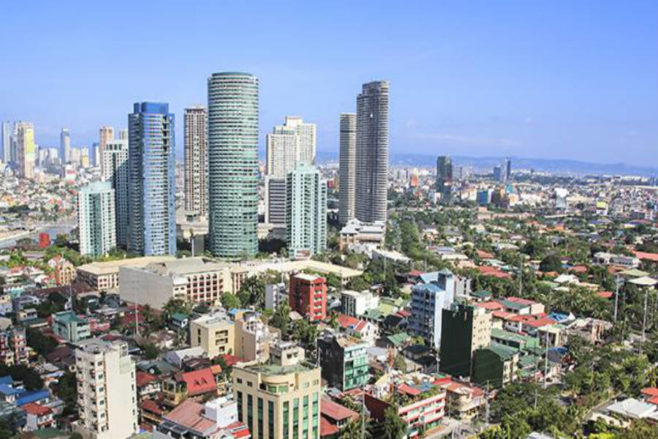The government is sticking to its original growth target of 7 to 8 percent for the year despite a recent monetary decision to raise interest rates, according to Carlos Dominguez III, secretary of the Department of Finance (DOF).
While admitting the Bangko Sentral ng Pilipinas’ (BSP) most recent move to raise policy rates by 50 basis points could be a drag, Dominguez said the increase should not greatly impact on the growth prospects of the economy.
The current policy rates are “totally appropriate,” Dominguez said, adding that they are “data driven”.
“While (rates increase) may have some effect on the growth rate, we don’t think it is going to be that serious because the economy is growing at a fast pace. It won’t be significant,” Dominguez said in a forum of the Economic Journalists Association of the Philippines in Manila yesterday.
Analysts said the recent hike, which followed two 25-basis point increases in May and in June, could put a dent on the country’s growth momentum as inflation has been spiraling for the most part of the year.
The BSP has since revised its inflation forecast to 4.9 percent from an earlier 4.5 percent.
Nestor Espenilla, BSP governor, in the same forum said inflation for the rest of the year remains biased towards the upside.
Espenilla reiterated that while he expects inflation to peak in the third quarter, he does not see the rate hitting 6 percent.
Annual inflation reached 5.7 percent in July as costlier fuel filtered into the prices of consumer goods.
Espenilla said the inflation rate should return towards the central bank’s 2-4 percent target in 2019.
“While the recent inflation outturns are underpinned by factors outside monetary policy… the BSP reiterates its strong commitment to take necessary policy actions to safeguard inflation targets,” he said.
Espenilla added monetary moves to stem inflation need a complementary measure on the supply side, such as timely importation to address the rise in commodity prices particularly rice.
“Rice is really a supply-side shock. The real remedy for rice is to have more supply. Right now, since it not harvest season (yet), import is the main thing (that would) address this issue from a non-monetary side,” Espenilla said.
Espenilla said the peso which continues to wallow near 12-year lows against the US dollar, remains “flexible and market determined.”
“Nevertheless we are cognizant that the peso could be subject to excessive volatility especially in light of global interest rate development. We have to take this into account,” the governor said.
The peso has weakened more than 6 percent against the dollar.
The Philippine economy remains one of the fastest growing in Asia. But with annual growth slowing to a three-year low of 6 percent in the second quarter, the challenges are tougher for a government that’s funding a multi-billion dollar infrastructure overhaul and a central bank grappling with high inflation.
(R. Castro, Malaya)








